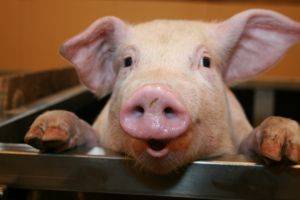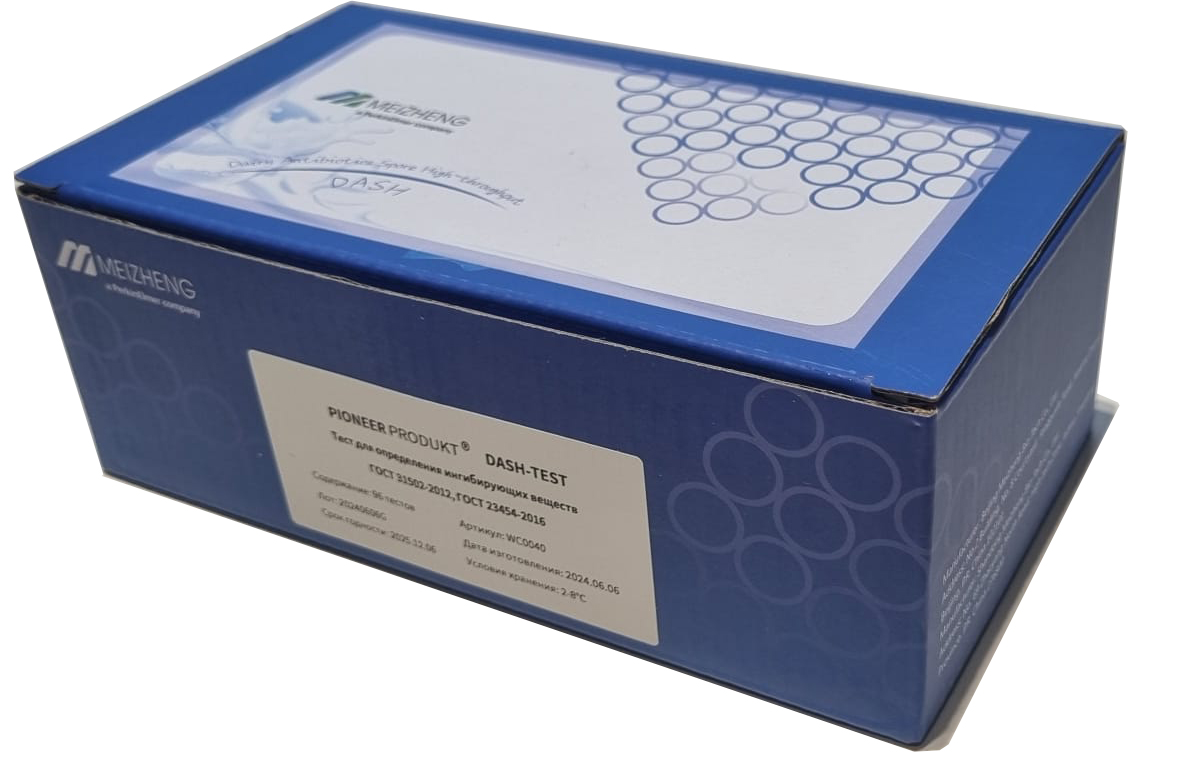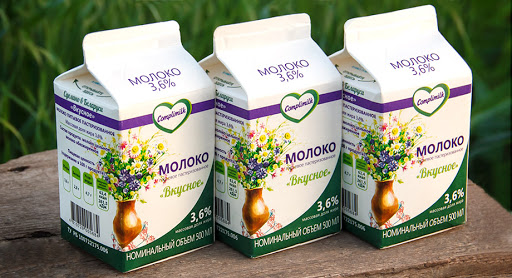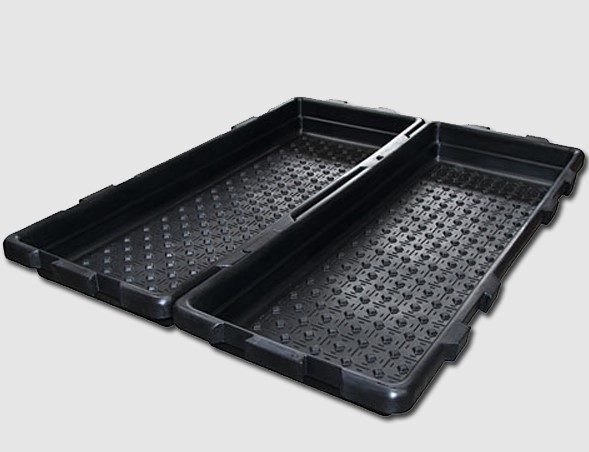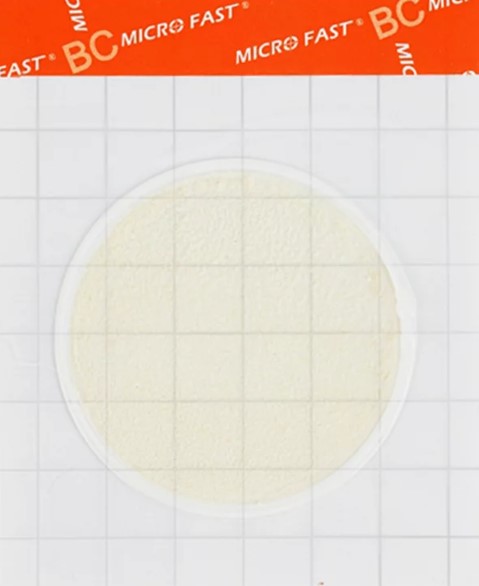Food producers began to feel Western sanctions
The West is hitting sanctions on one sector of the Russian economy after another. However, they still bypass the agricultural business. it is unlikely that the authors of the bans are trying to prevent famine in Africa and Asia, which threatens to break out without Russian bread - in this case, foreign farmers will be the winners. What if the West saved the most painful blow for last resort? And how ready are we for it?
Every year RUSSIA needs about 80 million tons of grain. Last year, 120.7 million tons were harvested, including 75.9 million tons of wheat. So there is enough bread and fodder in the country. The harvest of SUGAR beet and sunflower was also high. Therefore, if you look at the bare figures, the country is not in danger of starvation. However, it is worth delving into the details, as the picture begins to change.
Not our peasant triumphs
The logistical crisis has not bypassed the grain trade. In addition, because of the special operation, the work of the ports of the Sea of Azov was stopped. In this regard, the volume of grain exports is now falling, from the beginning of the season to March 10, 23 million tons of wheat were exported, which is almost a third less than usual. On the one hand, the situation should please: bread remains in the country and there will be no famine. On the other hand, farmers are losing their source of income - the domestic market is clearly not enough for them. After all, it was exports that largely ensured the rise of agriculture that has taken place in Russia over the past decades. Selling huge volumes of grain abroad, farmers increased the area under crops, purchased high-performance imported equipment, and introduced new technologies. The fall in EXPORT earnings will lead to the fact that growers will be forced to cut costs. Why sow wheat in such quantities
If it goes on like this, we will have new abandoned fields, dead villages, and the unemployed will be drawn to the city from the village.
Another danger: the withdrawal of Russian farmers from the world grain market will cause its redistribution. The Russians will be replaced by farmers from the usa , CANADA and Australia. And then it will be difficult to break through between them.
Meanwhile
New threats are emerging. Thus, the HEAD of Roscosmos, Dmitry Rogozin, warned that the United States could reduce the accuracy of the GPS signal for Russia - this could also affect the agricultural sector. Advanced farms have long used satellite technology to accurately navigate machinery in the fields. Failure to do so can lead to lower yields and higher costs. There is an option to switch to GLONASS, but something tells us that this transition will turn out to be quite expensive - there will certainly be those who want to make money on the uncontested market.
Another piece of news came from the south of Russia. There, agricultural aviation cannot start processing the fields, since the aircraft do not have domestic equipment of the ERA GLONASS system. Airplanes and helicopters without them are now banned from flying in a number of regions, as they can become a target for Russian air defense. Aviators complain that new trackers, together with the installation, will cost them 100 thousand rubles. And they assume that lobbying efforts by the data transmission operator, who plans to charge $ 2 per hour for servicing the sensor, could not have been done here.
Localization
snags The insidiousness of the imposed sanctions lies in the fact that they hit farmers not right now, but in the future. This year, external forces will not be able to interfere with sowing and harvesting. But what will happen next?
In recent years, Russian farmers have bought a lot of foreign equipment. And now there will obviously be problems with spare parts. For example, the German company Claas occupies over 60% of the Russian market of grain harvesters and more than 50% of forage harvesters. Claas estimated the market share of tractors at 13%. Now there are persistent rumors among farmers about Claas leaving Russia. If this happens, then first of all, large and strong farms, which bought imported equipment, will be under attack.
However, primordially domestic brands also found themselves under the pressure of sanctions. For example, Rostselmash, which actively localized its products, still installed engines for agricultural machinery that were not entirely Russian. They were produced by a joint venture between KamAZ and the American Cummins, which may also curtail its activities in Russia. It is known that out of 52 items of components for Rostselmash tractors, 11 were purchased abroad. It is clear that the engineers will come up with something. But for the peasants, any detours will result in ever new costs.
Planted on seeds
Another trump card up the sleeve of the anti-Russian forces is the dependence of the agricultural sector of the Russian Federation on foreign seeds. It applies to almost all vegetables, but the two most problematic crops are sunflower and sugar beets.
For 20 years, Russia has managed to significantly increase the yield of sunflower seeds and become a leader in the world sunflower oil market. This happened primarily thanks to Western technology. They can hardly be called environmentally friendly. The point is that crops are treated with herbicides that kill all other vegetation, except for the sunflower itself. But this requires its special hybrid, resistant to this herbicide at the gene level. Why these plants are not officially considered GMOs and are freely used in Russia, where GMOs are banned in principle in agriculture, is a separate issue. Although the answer to it is simple: everyone made money on this technology - from farmers to fat-and-oil producers and exporters. However, if there is no imported chemicals, there will be no high yields.
With sugar beets, the situation seems to be a little simpler, there is no such strong dependence on foreign genetic technologies. It’s just that foreign companies, thanks to competent marketing, squeezed Russian seed growers out of the market for a couple of decades, occupying it by almost 100%. And now domestic geneticists will need more than one year to create their own product. Meanwhile, in recent years, sugar has been produced in our country exactly back to back to meet domestic needs. Apparently, it was not for nothing that the authorities, even during the pandemic, were primarily concerned with controlling the sale of sugar and sunflower oil. It seems that at the top they understand the complexity of the situation.
Pig behavior
It would seem that the fall in the volume of exports of bread is in the hands of livestock breeders, which is why we will have MEAT in bulk. But there are nuances here too. The development of pig breeding is still hindered by the African swine fever virus, which continues to walk around the Russian regions. Meanwhile, poultry farmers face another problem.
In February, domestic poultry farms have already faced a shortage of eggs for incubation. It was due to the fact that the ROSSELKHOZNADZOR introduced a ban on the import of these products from some regions of Europe (due to the increased cases of bird flu there). As a result, prices for eggs and chicken meat in Russia immediately rose. But that was only a demo version of a possible crisis that revealed a systemic problem. It turns out that the share of foreign breeding material in the domestic poultry industry reaches 95-98%! In addition, only a few foreign companies supply hatching eggs and day-old chicks to the country. If they stop importing, the industry will collapse.
Upstairs knows about this problem. Back in 2019, the Ministry of Agriculture knocked out more than 5 billion rubles from the federal budget for the development of domestic broiler crosses. According to published documents, results should be expected by 2025. But what if imports are blocked earlier? It is clear that in any case we will not be left without chicken meat, specialists will be able to multiply the existing livestock. But the productivity of poultry farms will almost certainly fall, and the prices of products will rise significantly.
Food prices in Russia and their change for the year, data for March 2022
By the way
As experience shows, the main danger in the food market is rush demand. A sudden consumer panic can break a well-established supply chain. The antidote here is only the openness of information about the stocks of products and the transparency of pricing. And this is where we have a big problem. Moreover, on the one hand, more and more new electronic systems for marking and tracking products are being created. On the other hand, information is increasingly closed from the media and citizens. It is almost impossible today to obtain timely and reliable data on the stocks of a particular product in a particular region. Moreover, the experts started talking about possible additions at the regional level. Farmers depend on officials in matters of state support, and they require them to increase the shaft of production, regardless of profitability.

